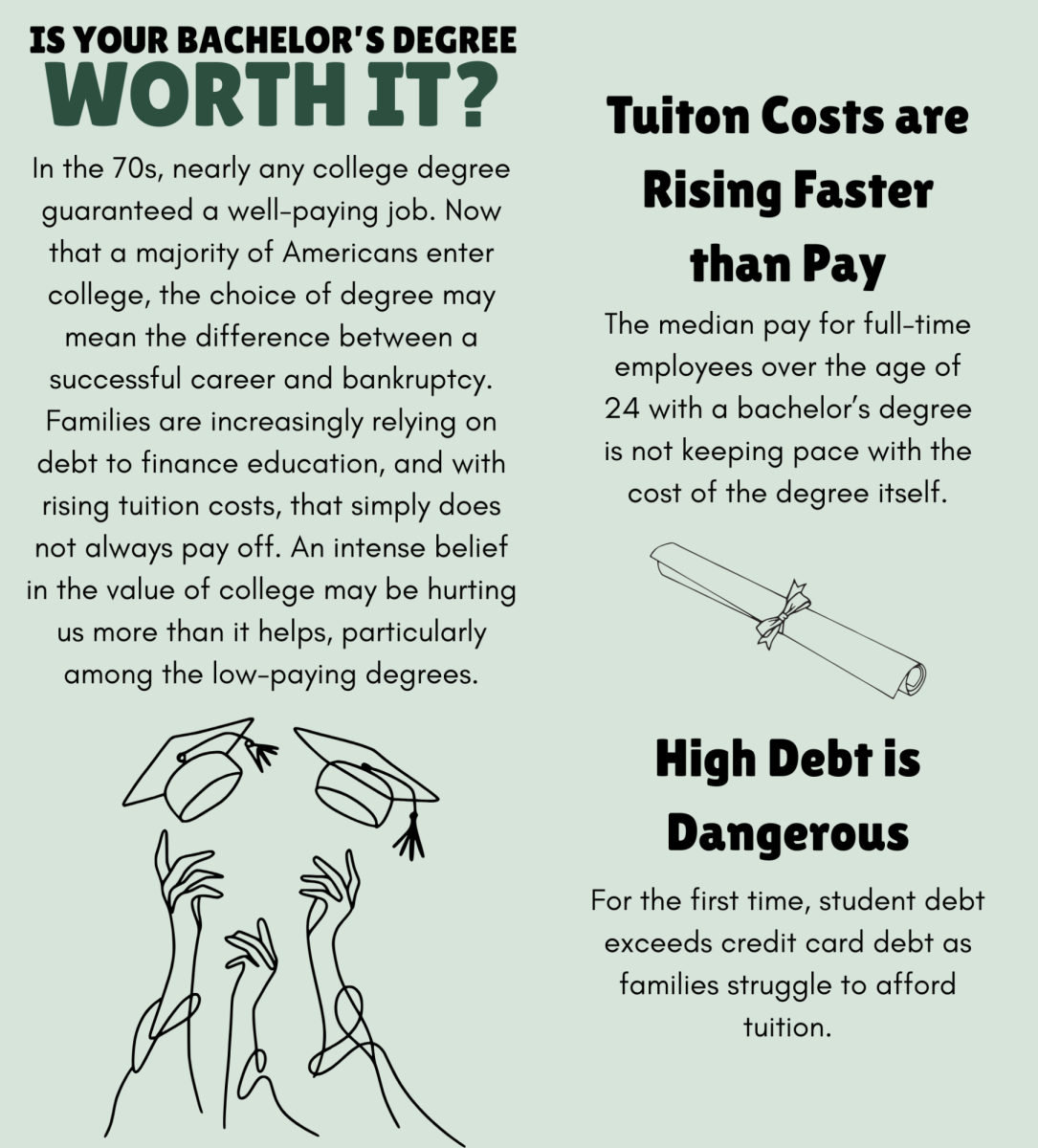With job losses at an estimated 50,000 per month, the land of opportunity faces a severe economic period with the future risk of a double-dip recession. Like suspenders, counterfeit optimism about our economy’s future holds up during the day what weighs our beds down at night.
Since 2008, the unemployment rate grew from five percent to an appalling 10 percent. The number of jobs has fallen over 20 months in a row. The median unemployed worker has been without a job for more than 25 weeks compared to the 10 weeks of the 1973-75 recession. The number of Americans that miss payments on their mortgages and then foreclose is trailing the rise in unemployment.
This is not a recovery
On Friday, Federal Reserve Chairman Ben Bernanke said he expected the American economy to recover. Based on an increase of gross domestic product (GDP expanded at an annual rate of 1.6 percent last quarter), others are also shouting “recovery” even though the unemployment rate increases.
We would need more than 2.5 percent growth to keep unemployment from rising and much, much more to reduce it.
The increase in GDP has not led to any new hiring. Corporate America has already laid off millions of workers to cut costs and increase profit margins. However, for every job lost, that’s one less consumer able to pump money back into the economy.
GDP and Growth
If unemployment rises, GDP means little in terms of economic growth. It means even less if Congress continues government spending as a percentage of GDP. Mark Zandi, the White House favored analyst from Economy.com, suggests that while the Obama administration’s stimulus staved off a depression, the stimulus bill, at a whopping total of $787 billion, was “not large enough” to stimulate real economic growth.
The idea that the economy would have benefitted from an even larger stimulus bill qualifies as clinically insane. At the casinos, they call this a gambling addiction as the blackjack player goes bust and staggers to the ATM: “I wasn’t betting enough. I know I can win if I play with just a little more.”
Where are the jobs?
In an early 2009 report, White House economists predicted that the stimulus bill would generate 3.3 million net jobs by 2010. Instead of the predicted job growth, more than 3.5 million jobs have been lost. And the unemployment rate looks to party in the double digits.
The jobs created by the stimulus bill were taken from the private sector and transferred to the government sector, which doesn’t always use resources effectively. In his 1948 essay, “What is Seen and What is Unseen,” the French economist Frederic Bastiat named this the “broken window fallacy.” According to Bastiat’s theory, it’s ludicrous to believe that breaking windows stimulates an economy because of the window repair jobs created afterwards.
The money spent repairing windows could have been used to create jobs elsewhere and in the same way the “new” jobs provided by the stimulus bill do nothing for an increasing unemployment rate.
Government or consumers?
When the government spends huge sums of money in the present, these consumers will expect higher taxes in the future. And therefore they expect their future incomes to decrease because of the increased tax obligation.
People are guarding their funds instead of feeding the economy due to uncertainty and fear regarding the economy’s future after so much government spending and the Bush tax cuts coming to a close at the end of 2010.
The Clinton administration limited government spending and cut the capital gains tax rate in 1997. What came after was about a four percent average growth in GDP, low unemployment and strong economic growth.
We saw the same results of limiting government spending as a percentage of GDP and reducing tax rates during the Reagan administration, beginning in 1984 and continuing for seven years.
Tax rebates like the Bush tax rebate in 2008 aren’t enough. These mini-stimulus checks have no requirement of labor or productivity to receive them – like Bastiat’s analogy, it’s merely money transferred from one column of people to another.
Historically, tax rebates do not stimulate economic growth in the same way that large tax reductions in marginal tax rates do. Zandi suggested “temporary tax cuts” in the form of a payroll tax holiday.
To appropriate Zandi’s earlier phrase regarding the size of the stimulus package, a temporary tax cut is “not large enough.” If we want to see a recovering economy, we need less government spending and longer periods of larger tax-rate reductions.





